In 2025, Brazil and Japan will mark 130 years of diplomatic relations. The partnership began in 1895 with the signing of the Treaty of Friendship, Commerce, and Navigation, paving the way for Japanese immigration to Brazil. Just over a decade later, in 1908, the first ship carrying Japanese immigrants docked at the Port of Santos, marking the beginning of what would grow into the largest Japanese community outside Japan: the Brazilian one.
The initial settlers made their homes in São Paulo and Paraná—today, still the states with the largest Japanese populations. But the Amazon also played a significant role in this migration story. From the late 1920s, immigrants began arriving in Pará and Amazonas. One town, in particular, became a key hub: Tomé-Açu, in Pará, which today ranks as the third-largest Japanese colony in the country.
According to Silvio Shibata, former president of the Associação Cultural e de Fomento Agrícola de Tomé-Açu (ACTA) [Tomé-Açu Cultural and Agricultural Development Association] and a descendant of immigrants, Pará governor Antônio de Souza Castro found out in 1926 about Japanese coffee cultivation in São Paulo, so he considered encouraging migration to Pará as well, with the aim of developing local agriculture. He then contacted the Japanese ambassador in Rio de Janeiro with the proposal.
However, it was only in 1929, during the administration of Dionísio Bentes, that the first wave of immigrants arrived in the state. "The first families arrived in the region on September 22, 1929. There were 42 families, consisting of 189 members, who arrived in what was then still the municipality of Acará, but which, with emancipation, is now the municipality of Tomé-Açu. The Pará government promised to donate an agricultural plot to each family for the cultivation of vegetables, tobacco, and cocoa," says Shibata.
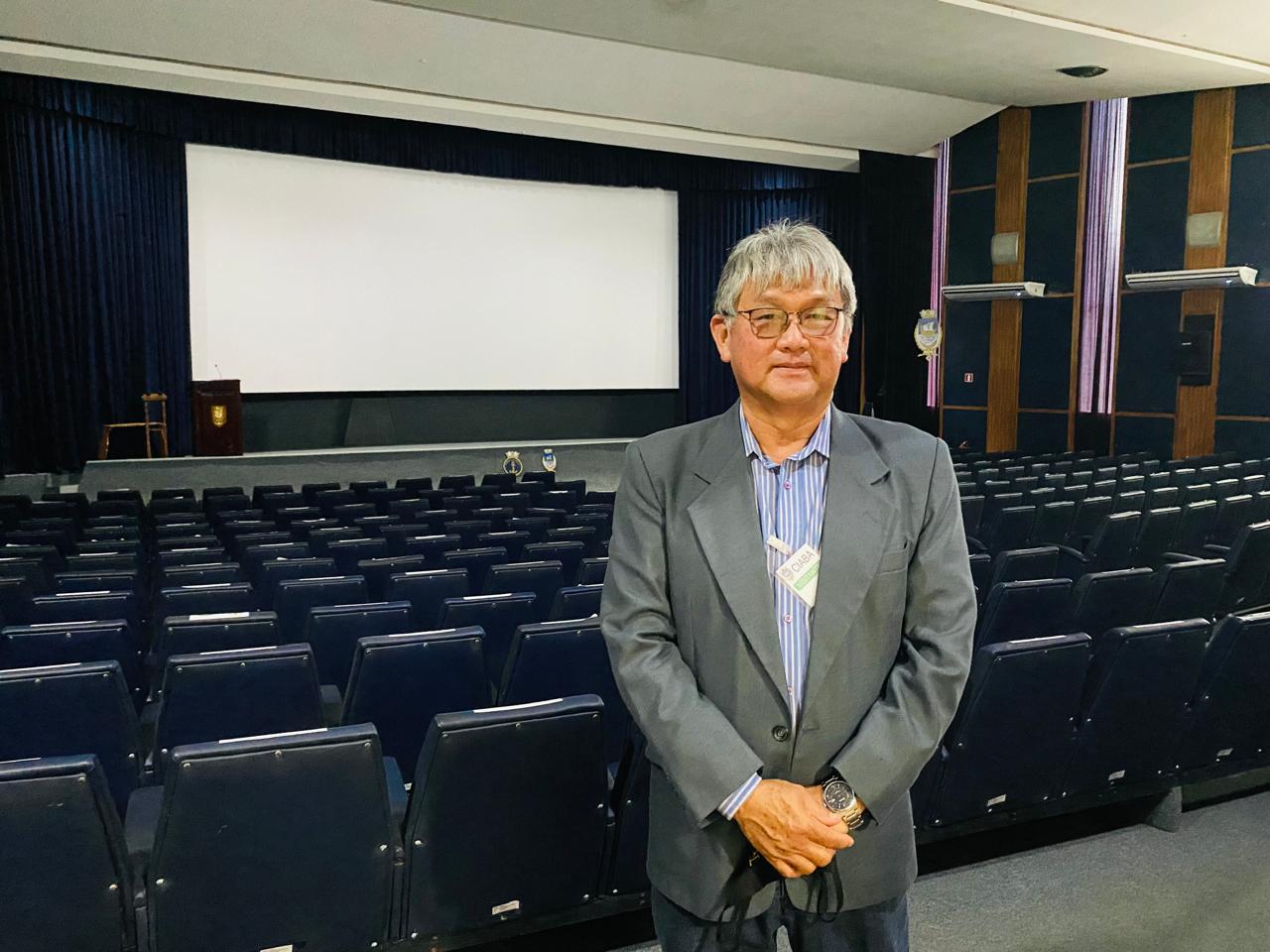
At the time, Japan was experiencing a severe recession. There were too many inhabitants for not enough food, so the process was also of interest to the Japanese government. According to historian Tatsuo Ishizu, also a descendant of immigrants, Japan had an expansionist agenda. "In 1931, for example, Japan invaded northern China, in the region called Manchuria, and began colonization there. In the same way, they intended to establish themselves here in the Amazon," explains Ishizu. Coupled with this were the resources and ambitions of Japanese companies. "The Kanebo company acquired land in Tomé-Açu and Monte Alegre for the Japanese to cultivate cocoa," adds the expert.
MONTE ALEGRE
The other municipality that hosted Japanese immigrants in Pará was Monte Alegre, in the western region of the state. "The company brought the Japanese people to live permanently in the Amazon. They were not supposed to work and return. The first migration wave, before World War II, brought around 2,400 immigrants to the two municipalities in Pará state. In Monte Alegre, the plan was to produce tobacco; and in Tomé-Açu, cocoa. However, both projects failed, and the company abandoned the settlers to their fate in the 1930s. The result was that most of the immigrants from Monte Alegre moved to Tomé-Açu," Ishizu tells.
The region experienced boom and decline in pepper production
After the Kanebo company's initial proposal failure, the immigrants from Tomé-Açu began working on a different sector. The second wave of immigrants to the municipality, in 1931, had to stop in Singapore, where one of the immigrants purchased twenty black pepper seedlings. Only two seedlings survived, each planted by a separate family, and the cultivation was successful. In 1933, the municipality's first agricultural cooperative was created, and black pepper flourished, well adapted to the climate and nature of Pará. "By the 1960s, Tomé-Açu already had more than 400,000 pepper plants and became the world's largest producer. It was our 'black diamond,'" Shibata emphasizes. However, a pest called fusarium eventually decimated the pepper plantations.
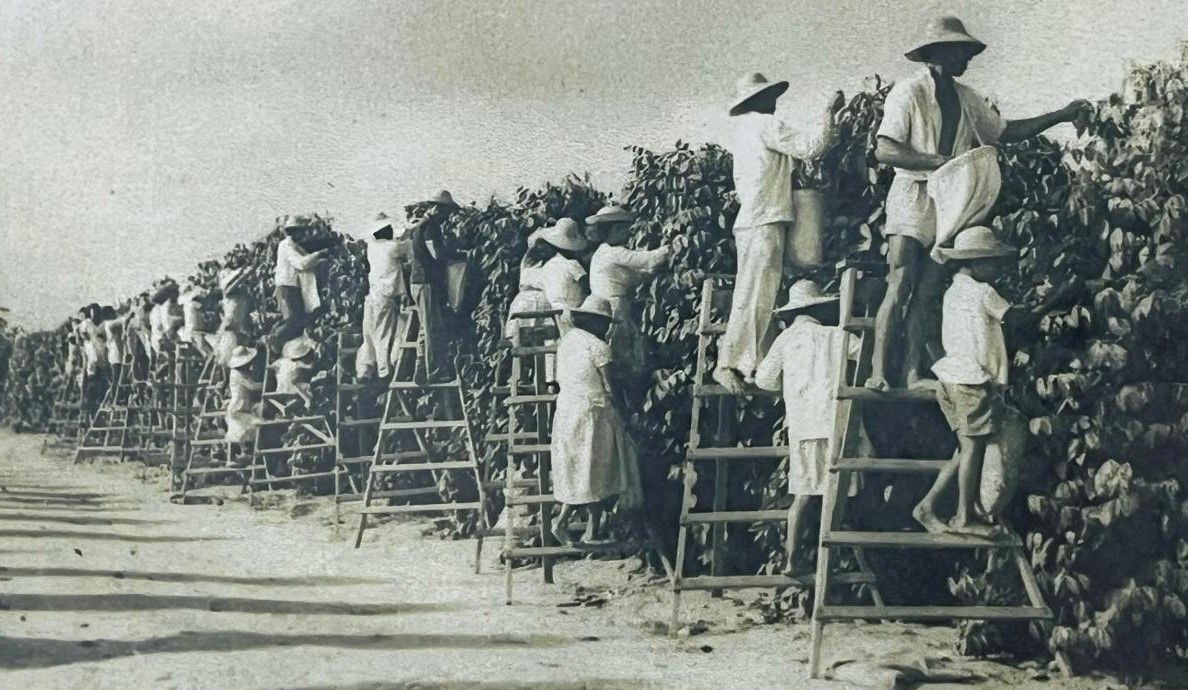
SAFTA
Due to the loss of all their production, the immigrants had to find alternative cultivation options. Observing the riverside lifestyle, which relied on various crops for a year-round living, imitating the way plants coexist in nature, the Japanese immigrant Sakaguchi began planting various fruit species in intercropping, starting what is now known as the agroforestry system. With the help of researchers, such as those from the Empresa Brasileira de Pesquisa Agropecuária (Embrapa) Amazônia Oriental [Brazilian Agricultural Research Corporation (Embrapa) Eastern Amazon], they improved the method of planting cocoa, açaí, cupuaçu, and other plants together, becoming a reference in the use of this technology.
"Today, we have the world-renowned Tomé-Açu Agroforestry System (SAFTA). Especially with COP 30 event (the 2025 United Nations Climate Change Conference) just around the corner, we believe we've made a significant contribution, as these are established sustainable systems with a history of numerous partnerships," says Shibata.
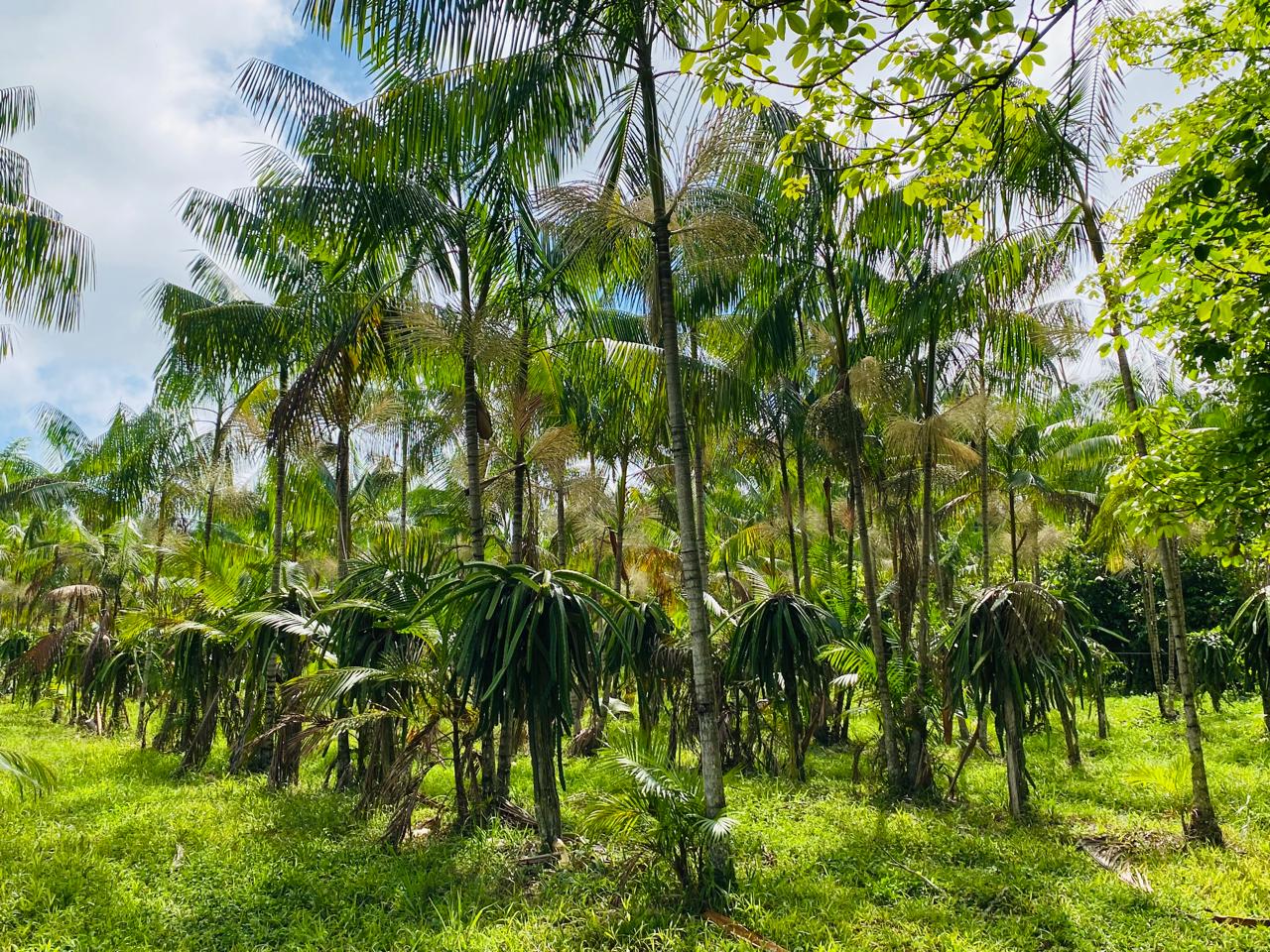
Tomé-Açu had a concentration camp during World War II
During World War II, Japanese immigrants living in Brazil suffered the consequences of the conflict. "The Japanese were considered enemies of the homeland. All the belongings of Japanese families were seized by soldiers, and a concentration camp was created in Tomé-Açu, which imprisoned not only Japanese immigrants but also immigrants of other enemy nationalities, such as Italians and Germans. It was a very difficult period," laments Silvio Shibata.
However, in the post-war period, a new wave of migration to the Amazon began, with greater dispersion throughout the region's cities. "Since the Japanese lost the war, if they weren't killed, they were expelled from their homes, and many families had to return to Japan. This became a critical phenomenon for the country, which was already economically and structurally destroyed and unable to absorb all these people. Thus, the government began a process of colonizing areas in Japan that were still sparsely populated, or sending immigrants to other countries," explains historian Ishizu.
Ishizu's own family was originally going to Hokkaido, in northern Japan, but ended up migrating to Belterra, in western Pará. "The government was recruiting, and they suggested coming to the Amazon because it was promising. So my family came in 1955. But other regions also welcomed Japanese, such as São Miguel do Guamá, in Pará, and Mazagão, in Amapá," adds the researcher.
PARINTINS
The second Amazon state to receive the most Japanese immigrants, after Pará, was Amazonas, even in the pre-war period, in the 1930s. The immigration process to the state was a result of the rubber crisis at the time. To overcome the economic problem, the Amazonas government, like that of Pará, also proposed donating land to the Japanese for agricultural work. The main locations chosen were Maués and Parintins.
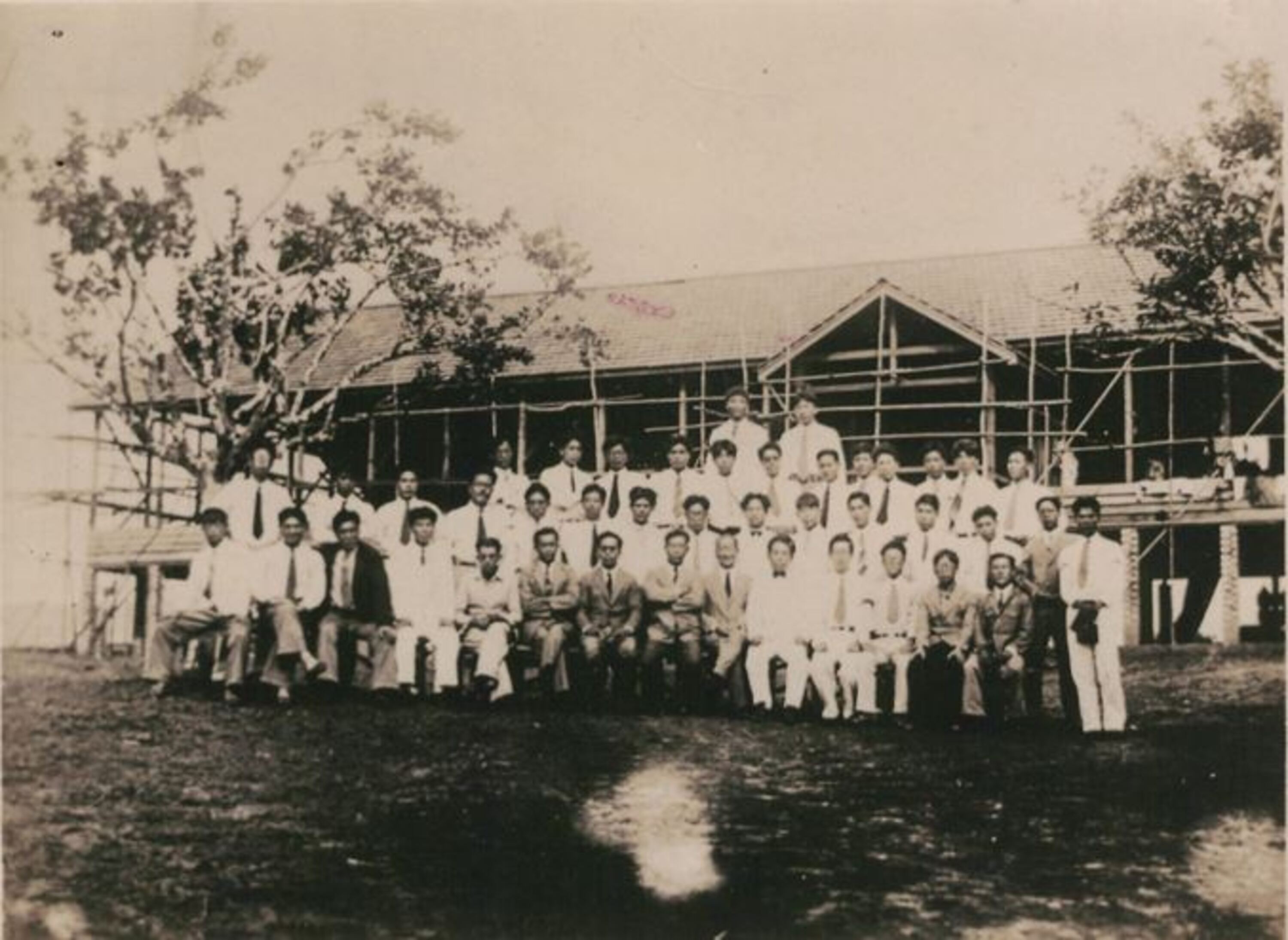
"In 1930, the Amazon Institute was founded in Parintins, responsible for basic infrastructure projects to accommodate the Japanese contingent. At the same time, the Higher School of Emigration was created in Japan, preparing young people to come to the Amazon, teaching them how to speak Portuguese, work with land, and adapt to the tropical environment. The first 47 students, called Koutakuseis, arrived in 1931 and continued arriving in annual influxes, totaling 253 students by 1937," explains geographer Camilo Ramos, a researcher on this subject.
During this period, the Vila Amazônia [Amazon village] was created, comprising inns, warehouse, ports, a sawmill, meteorological stations, streets, a hospital, water and sewage systems, as well as the headquarters of the Amazon Institute and the Hakko Kaikan, the community and cultural center. The plan was to invest in the cultivation of Indian jute for sack production, which proved quite successful locally, making Brazil self-sufficient in the raw material. Jute remains an important local crop today.
However, World War II also had an impact on the region. "The war halted the project, and many Japanese were imprisoned or took refuge in the forest. Everything that had been built in Vila Amazônia was considered war booty," recalls Ramos.
Today, only ruins remain of Vila Amazônia. But a group of descendants is seeking to reclaim the history of the immigrants who built the site. “We created the Koutaku Association of Amazonas, whose main objective is to support the valuable and precious legacy built by our Koutakusei parents,” emphasizes Jorge Naito, son of a Koutakusei and member of the association.
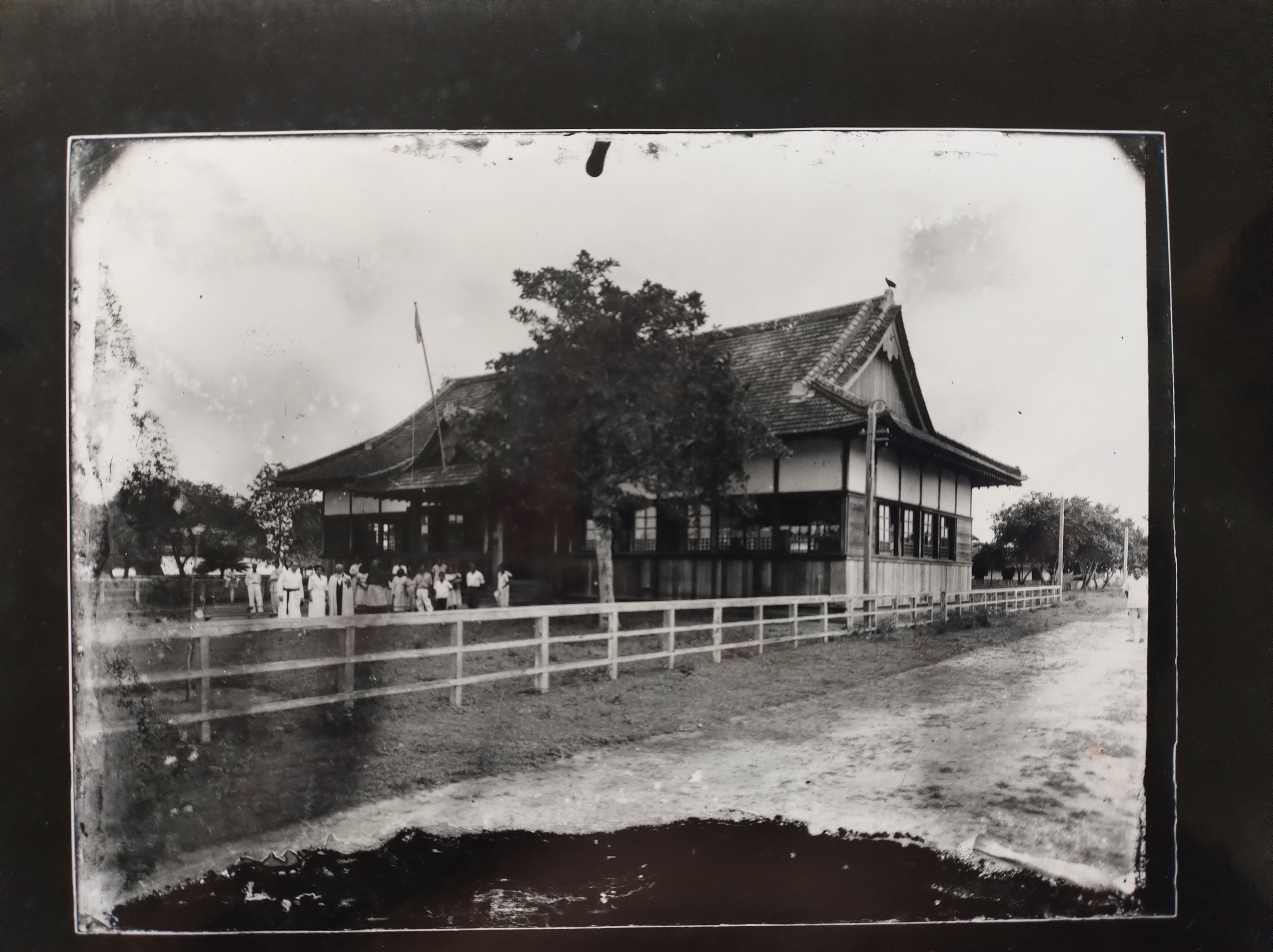
Traditions are preserved by descendants
In Tomé-Açu, the preservation of Japanese traditions is a strong commitment. The Associação Cultural e de Fomento Agrícola de Tomé-Açu (Acta) [Tomé-Açu Cultural and Agricultural Development Association] preserves the community's culture, customs, language, and history. "We have the Japanese Immigration History Museum, the only one in the North region; the oldest Japanese language school in Brazil, established in 1931; and the Nikkei school, which teaches students from elementary to high school," emphasizes Silvio Shibata. "We also play baseball, softball, gateball, and golf, and we've even had sumo wrestlers," he adds.
The community also holds the annual Japan Festival, which includes workshops, Japanese food sales, cultural attractions, and the Bon Odori ritual. "In Japan, Bon Odori is a tribute to those who have passed away from this world. It's nothing more than a dance. So, we come together and promote this celebration among the Japanese people, but also among the Brazilian people. They dress up in traditional kimonos, and the public participation is huge, with around 3,000 people," he says. This year, the festival took place last Friday the 18th and Saturday the 19th.
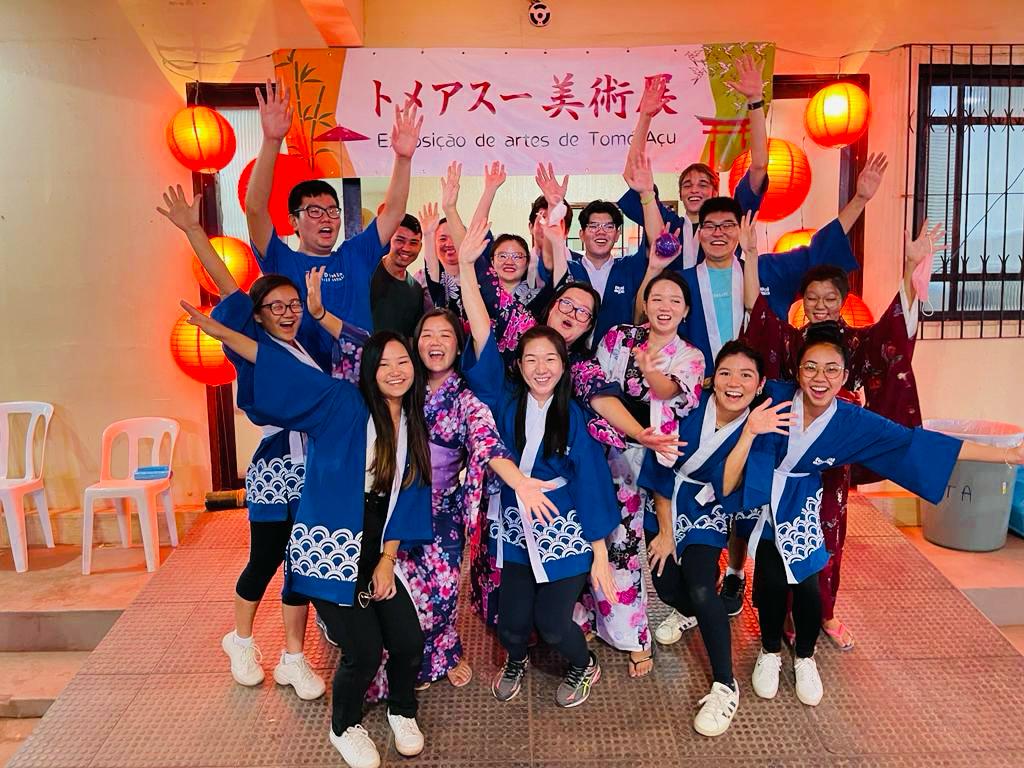
DEDICATION
Shibata is an example of a descendant who is deeply committed to preserving the memory of his ancestors. After serving in the Merchant Navy, he decided to return to his hometown and now is dedicated to cocoa farming in Safta. He was the director of the local agricultural cooperative and served three terms as president of ACTA.
“Tomé-Açu is home to a Japanese community that is recognized not only nationally, but internationally. It was the birthplace of Japanese immigration in the Amazon. The pioneers left us many legacies. It’s important to preserve and highlight the value of maintaining our roots,” he sums up.
INSTITUTIONAL PARTNERSHIP
The production of Liberal Amazon is one of the initiatives of the Technical Cooperation Agreement between the Liberal Group and the Federal University of Pará. The articles involving research from UFPA are revised by professionals from the academy. The translation of the content is also provided by the agreement, through the research project ET-Multi: Translation Studies: multifaces and multisemiotics.